After smashing all expectations, NASA’s ingenious Ingenuity helicopter ended its mission, after getting damaged on its 72nd flight on Mars.
For years, NASA engineers have looked favorably at the idea of having a small flying machine, to help with Mars exploration. Mars rovers are growing in capability over the years, and some are getting faster. But they are still slow and could benefit from an aerial scout.
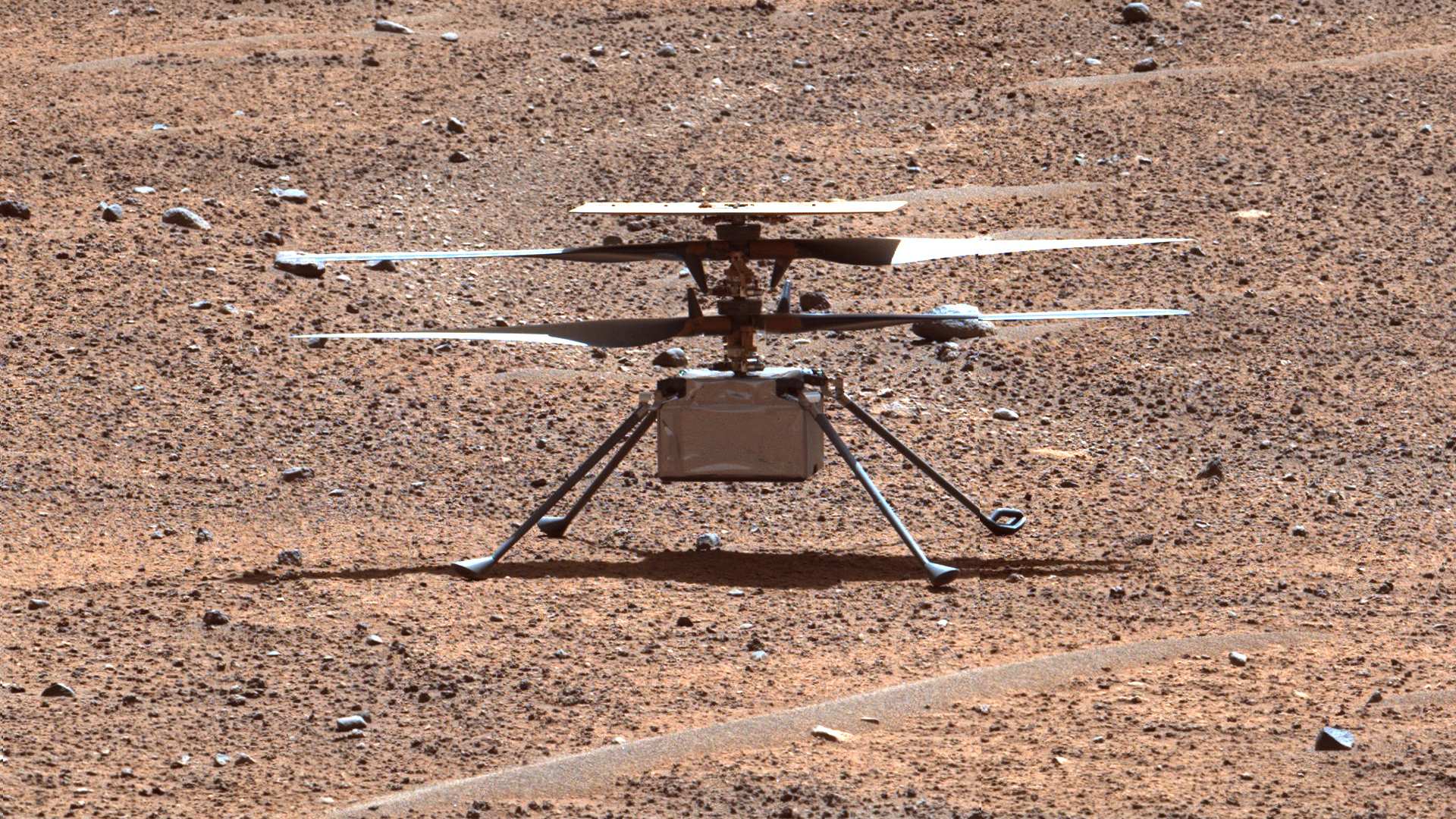
NASA’s Ingenuity helicopter was NOT supposed to fulfill this role. The aircraft was simply a proof-of-concept, that would show if Martian flying is even possible. That’s because many doubted that the thin Martian atmosphere would allow such flights in the first place.
The low atmospheric pressure on the surface of Mars is roughly equivalent to that on Earth at an altitude of 100,000-105,000 feet. OK, the planet’s gravity isn’t quite as strong as Earth’s. Even so, the fact that NASA’s Ingenuity helicopter could fly in these conditions, with no GPS or direct ground control, was impressive.
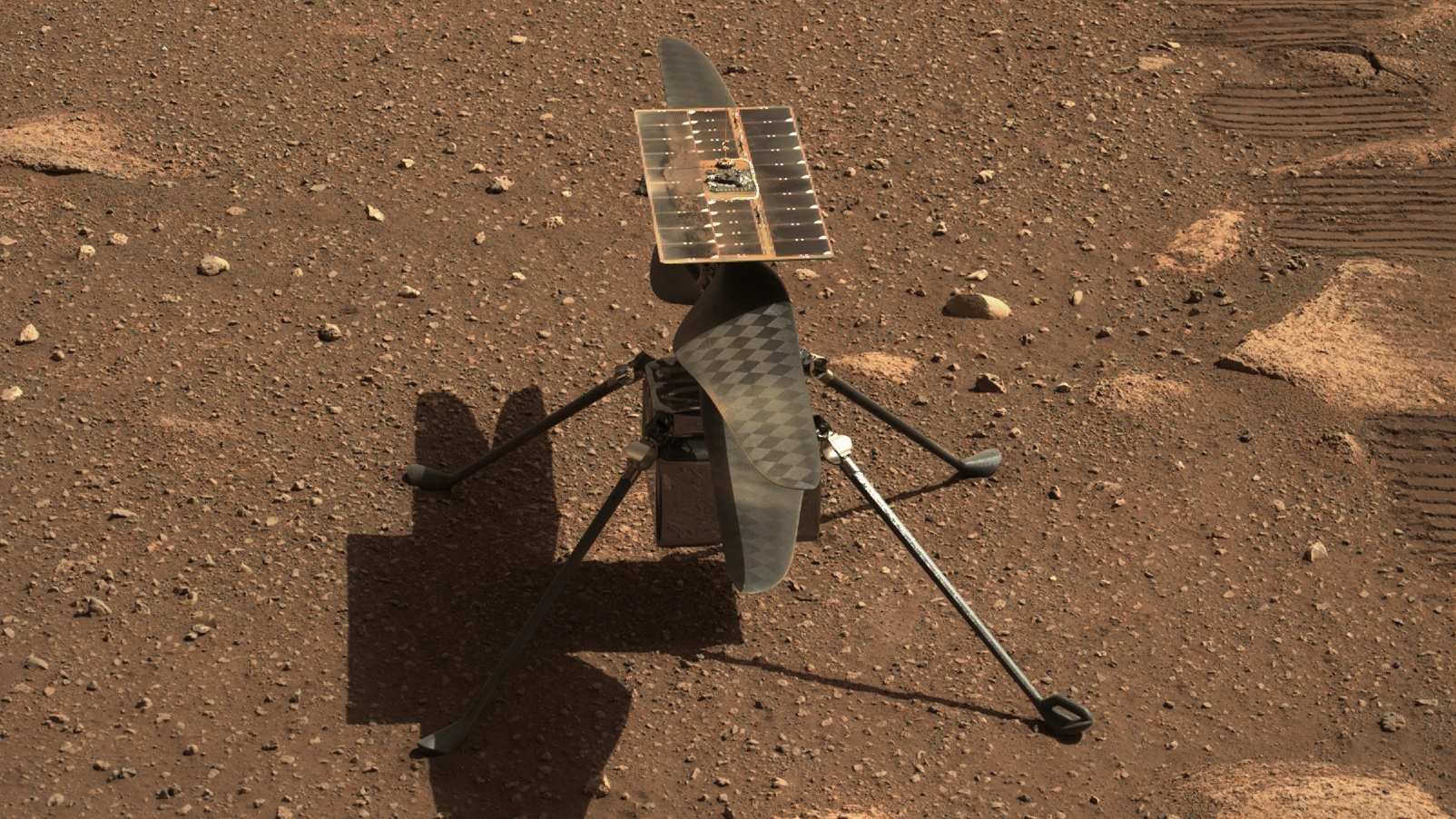
NASA’s Ingenuity Delivers
Before it could do any of this, NASA’s engineers had to ensure that Ingenuity survived the launch to space, and then the trip and landing to Mars. It then had to unfold itself from underneath the Perseverance Rover, separate, and perform several checks and spin-up tests.
At the time of its first flight, on the 19th of April 2021, the program’s engineers said that “Even one successful lift-off, flight and landing, will be a huge success”. In a perfect world, they’d like it to fly FIVE times, for a total flight time of 90 seconds.
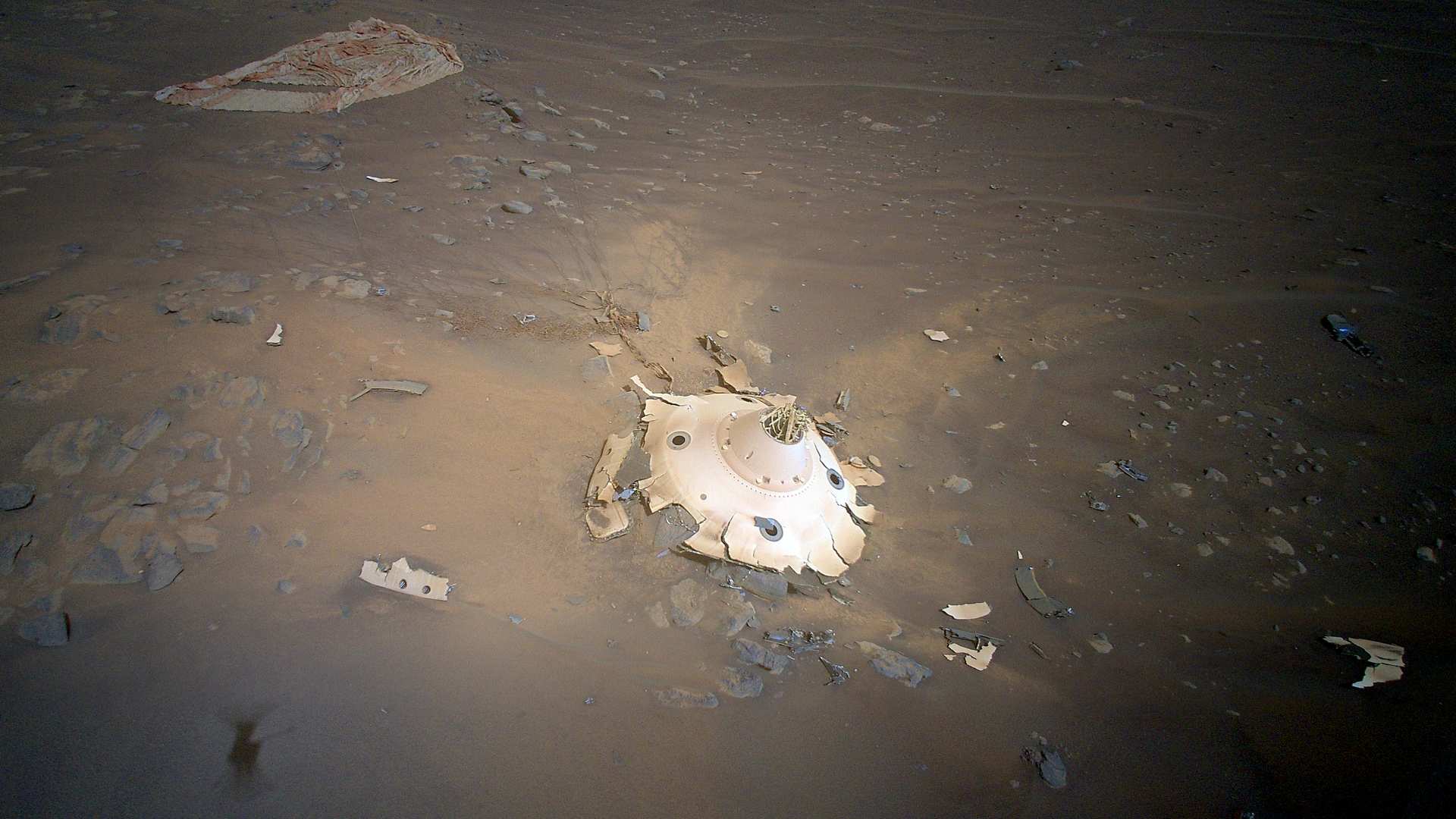
OK, maybe some of that pessimism was a bit of an expectations control exercise. Either way, the logbook of NASA’s Ingenuity (for, it has one) now includes 72 flights, lasting 128.8 minutes. Ingenuity covered 10.5 miles (17 km) and rose to 78.7 feet (24 meters) over the Martian surface.
Obviously, this kind of performance means that NASA’s engineers could give the Ingenuity team some actual operational tasks. It really COULD work as a scout, helping the Perseverance Rover team choose the best path forward. The helicopter’s endurance also meant that it wouldn’t fall behind Perseverance, which is its link with NASA’s control team on Earth.
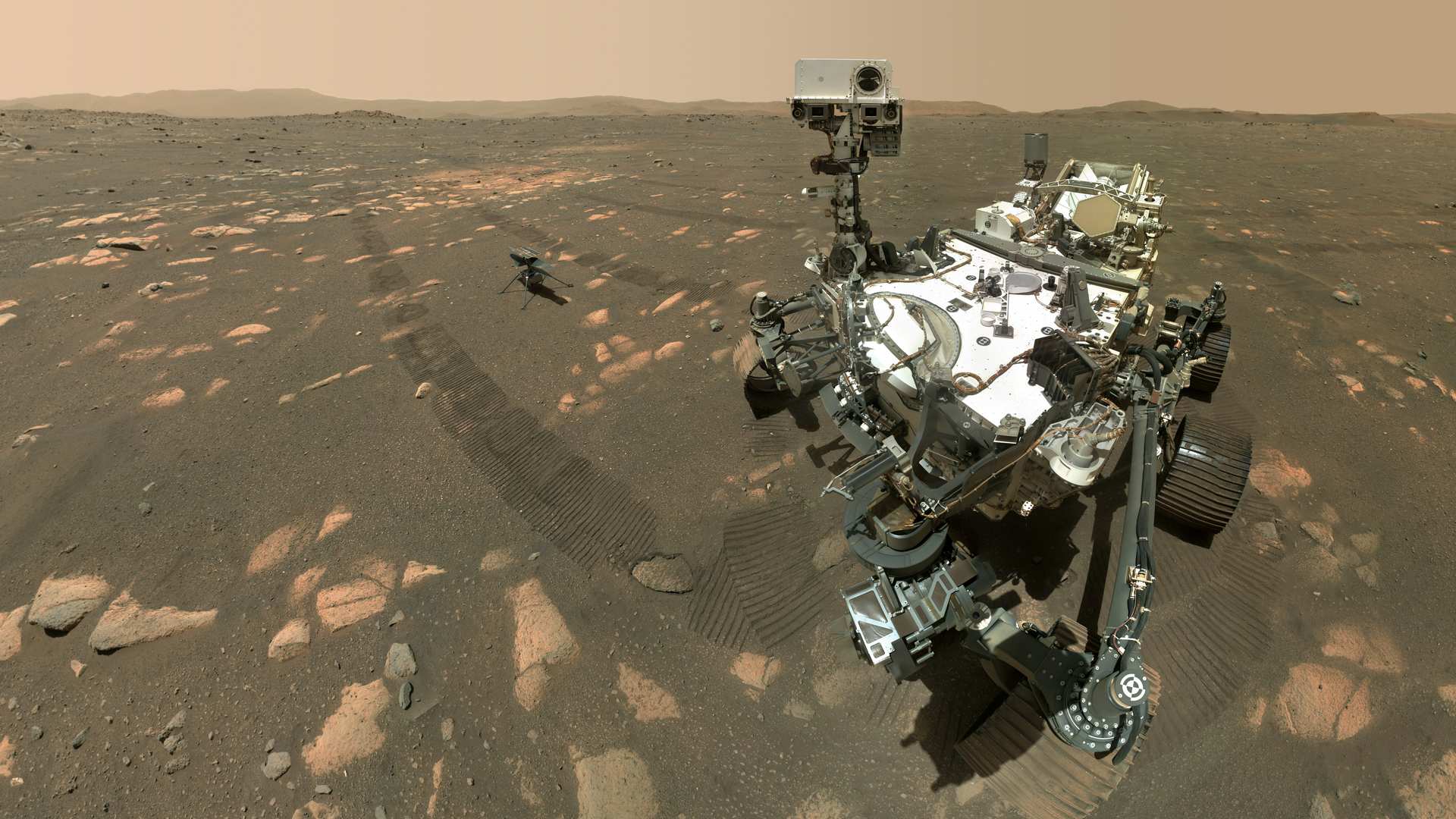
A Crash-Landing?
But unfortunately, all good things come to an end. Ingenuity survived a Martian winter and suffered a few cuts in communications along the way. But on its 71st flight, NASA’s engineers found that Ingenuity decided to cut its flight short, landing prematurely.
The 72nd flight was only a check flight. Ingenuity would simply lift to a hover, perform some checks, then descend to a smooth landing, at the same spot. Unfortunately, something went wrong during the descent.
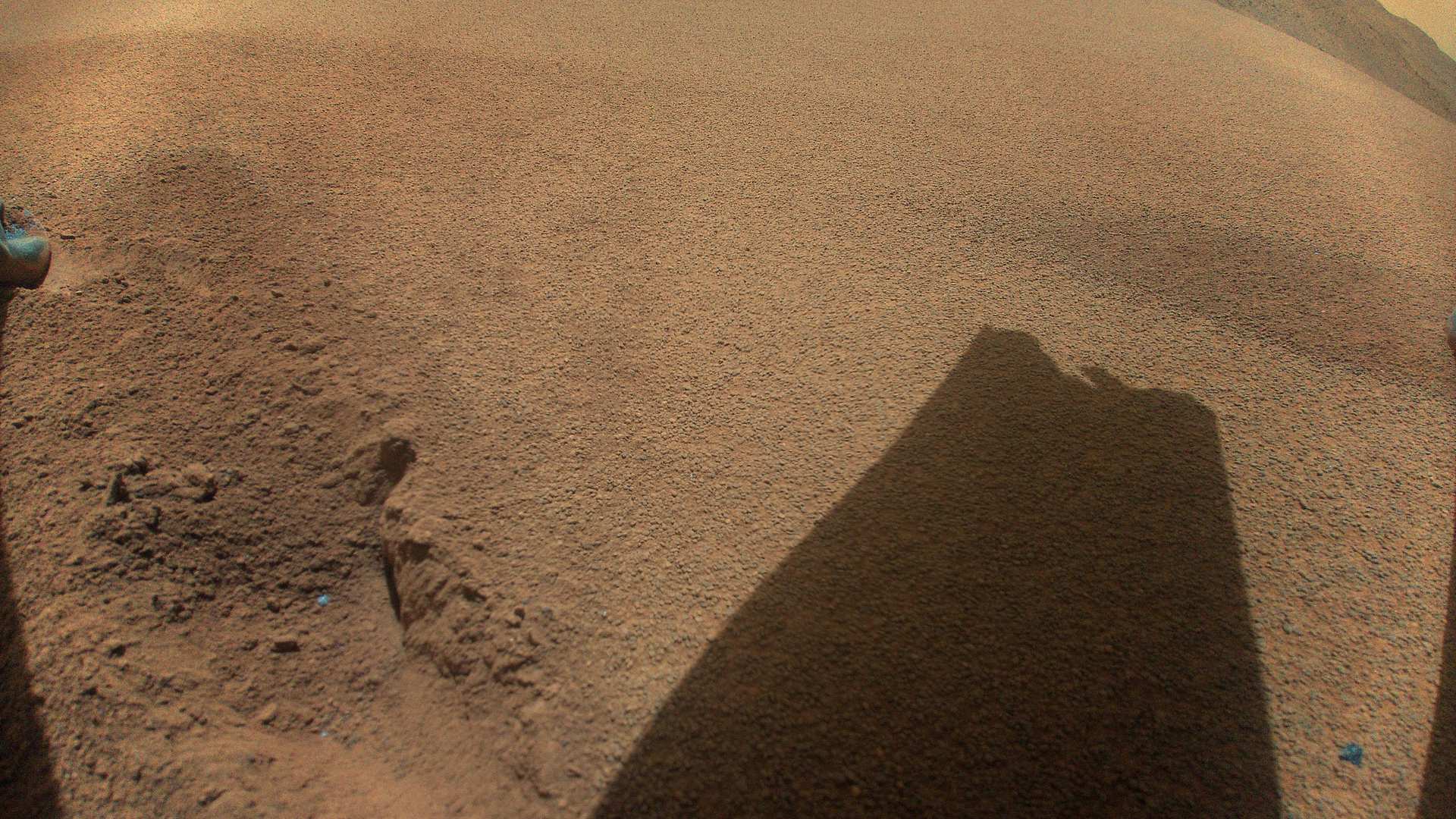
When the dust settled and NASA’s engineers could contact Ingenuity again, they saw that it damaged at least one of its rotor blades (photo above). The ground also shows marks where the propeller blade likely hit.
Ingenuity was still upright, its batteries had plenty of power, and it could communicate with Perseverance and Earth. But alas, its flying days are over. Perhaps Perseverance could reach it and take a closer look.
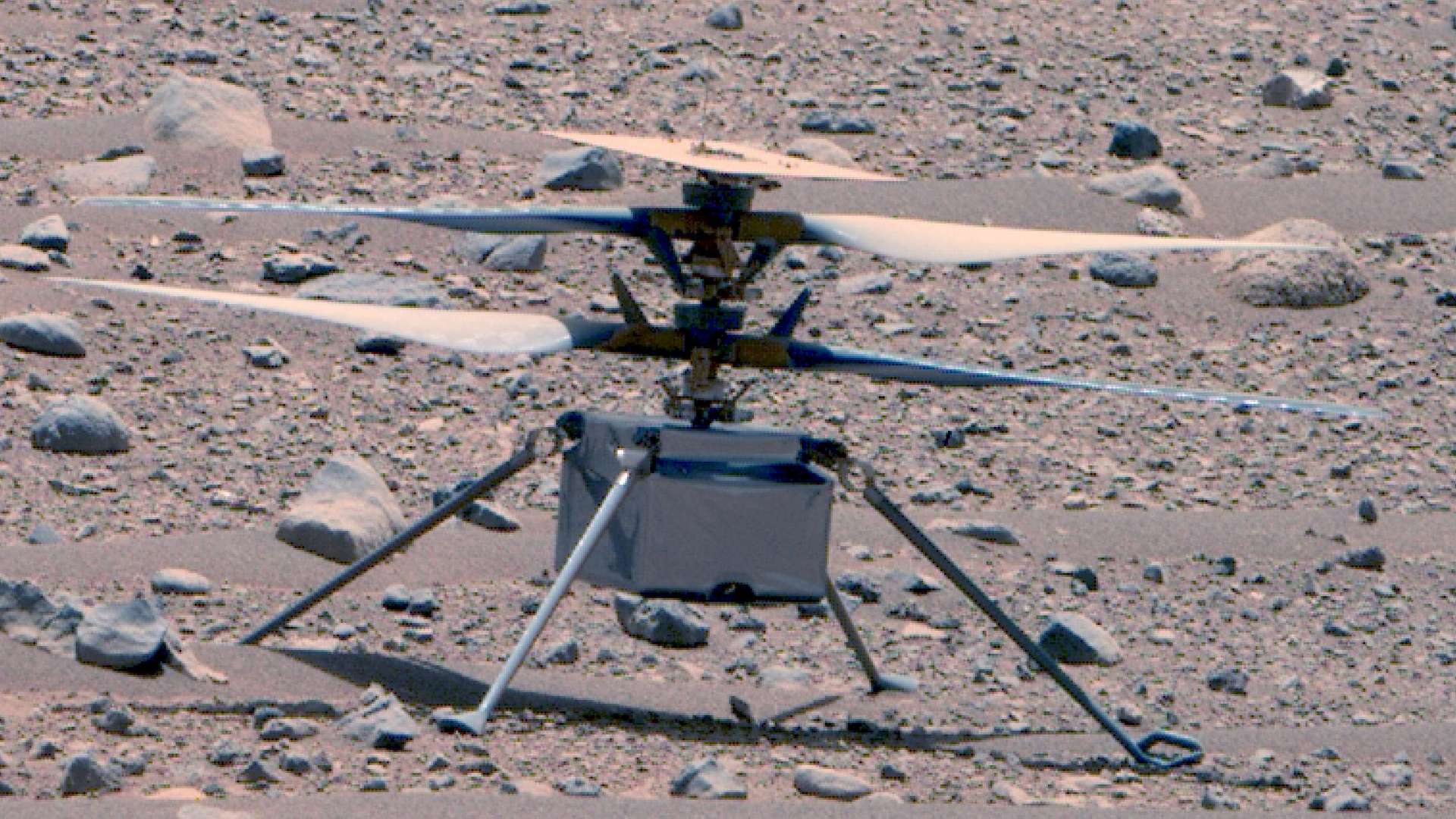
However, we don’t know if this is practical. But why did the helicopter crash land? NASA’s engineers think that the guidance systems on Ingenuity may have been confused by the relatively featureless terrain it was flying over.
Ingenuity Offers Ideas For NASA’s Future Mars Missions
On Earth, quadcopters and other small drones can use GPS to navigate. But for many functions, many drones now use simple cameras, that detect features on the ground and evaluate the drone’s movement. These cameras can also help stabilize a drone in a hover, with MUCH better accuracy than a GPS could.
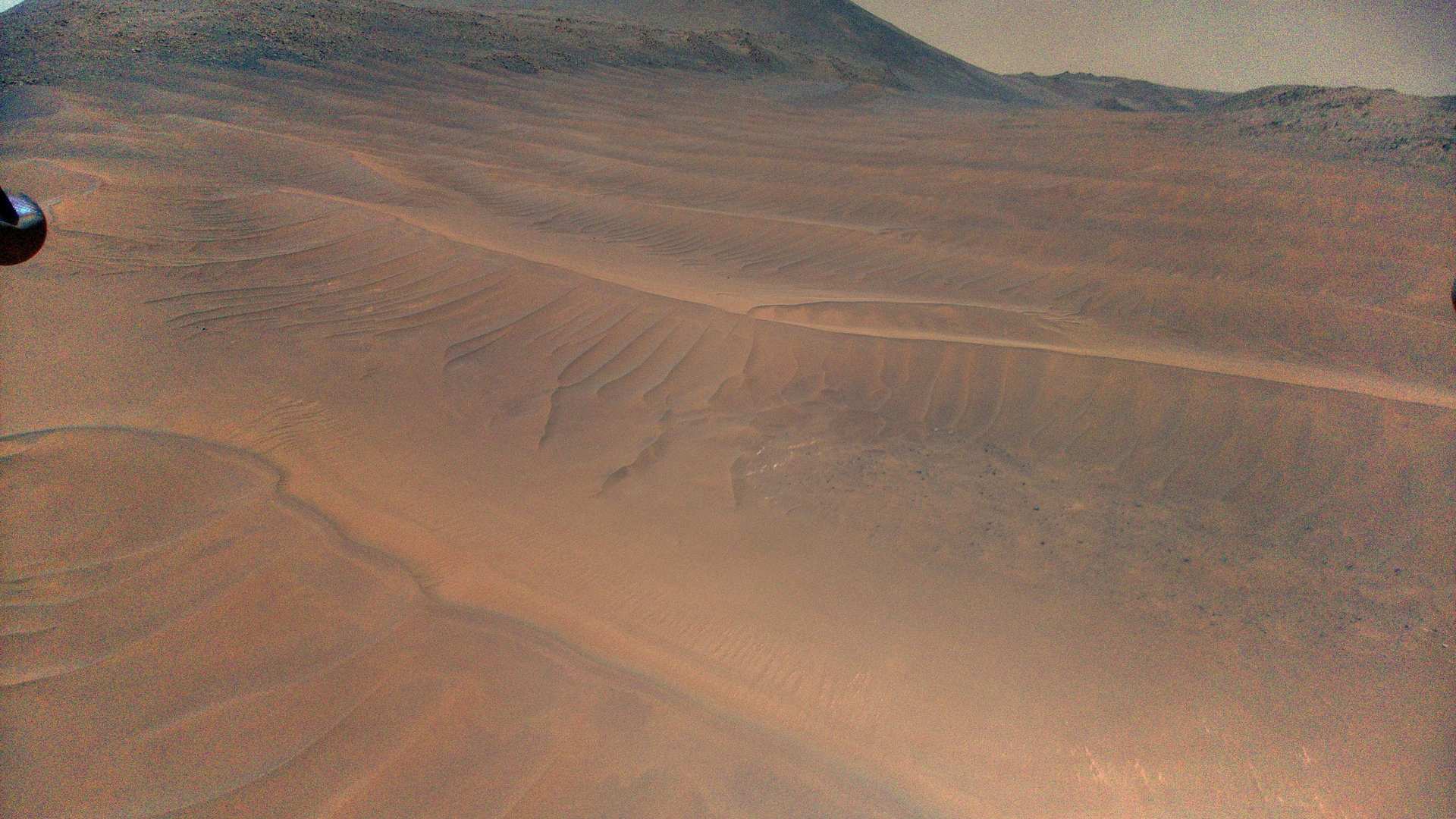
But the ability to use these cameras for stable flight degrades at night, or when the drone flies over something featureless, like open water. On Mars, NASA’s Ingenuity has no benefit of using GPS, so its cameras and internal gyros are what helps it navigate.
So, featureless terrain can be a huge obstacle and could be the culprit of Ingenuity’s episodic last landing. Hopefully, NASA’s Perseverance can show us what condition Ingenuity is in. But in any case, the little helicopter absolutely has proven its worth.
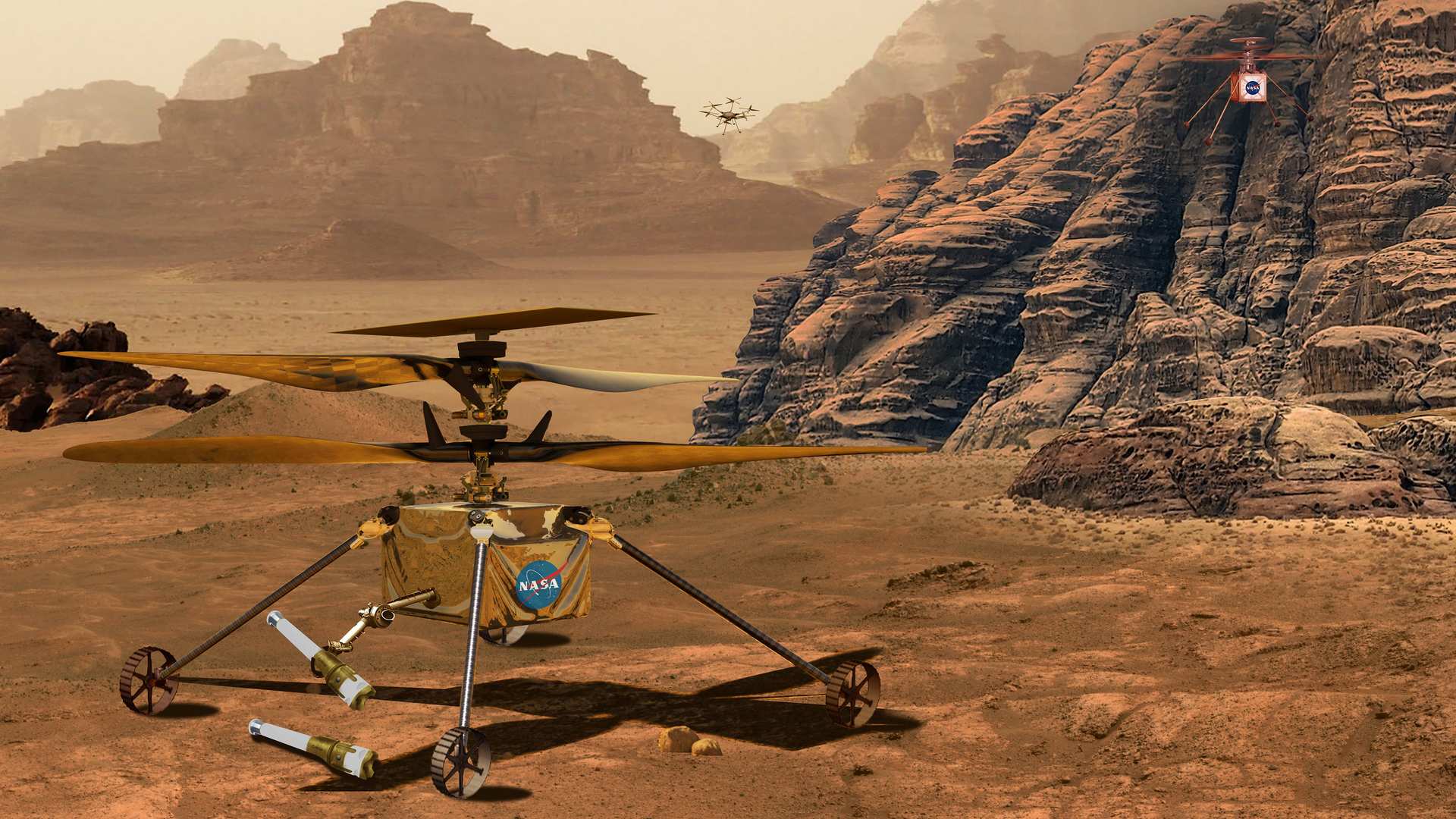
Future NASA missions to the red planet could feature more capable helicopters, that could fly further and even carry soil samples or test equipment. Ingenuity paved the Martian airways, for others to follow!




1 comment
Frauyidom
selfie